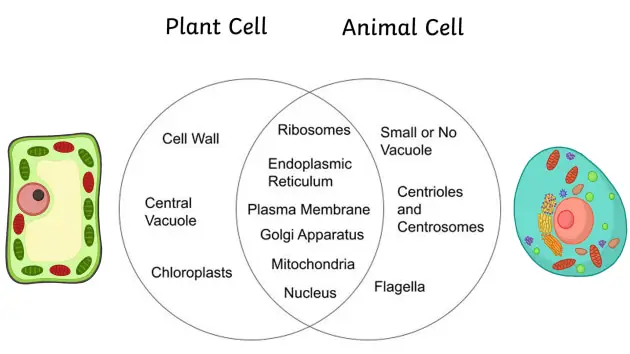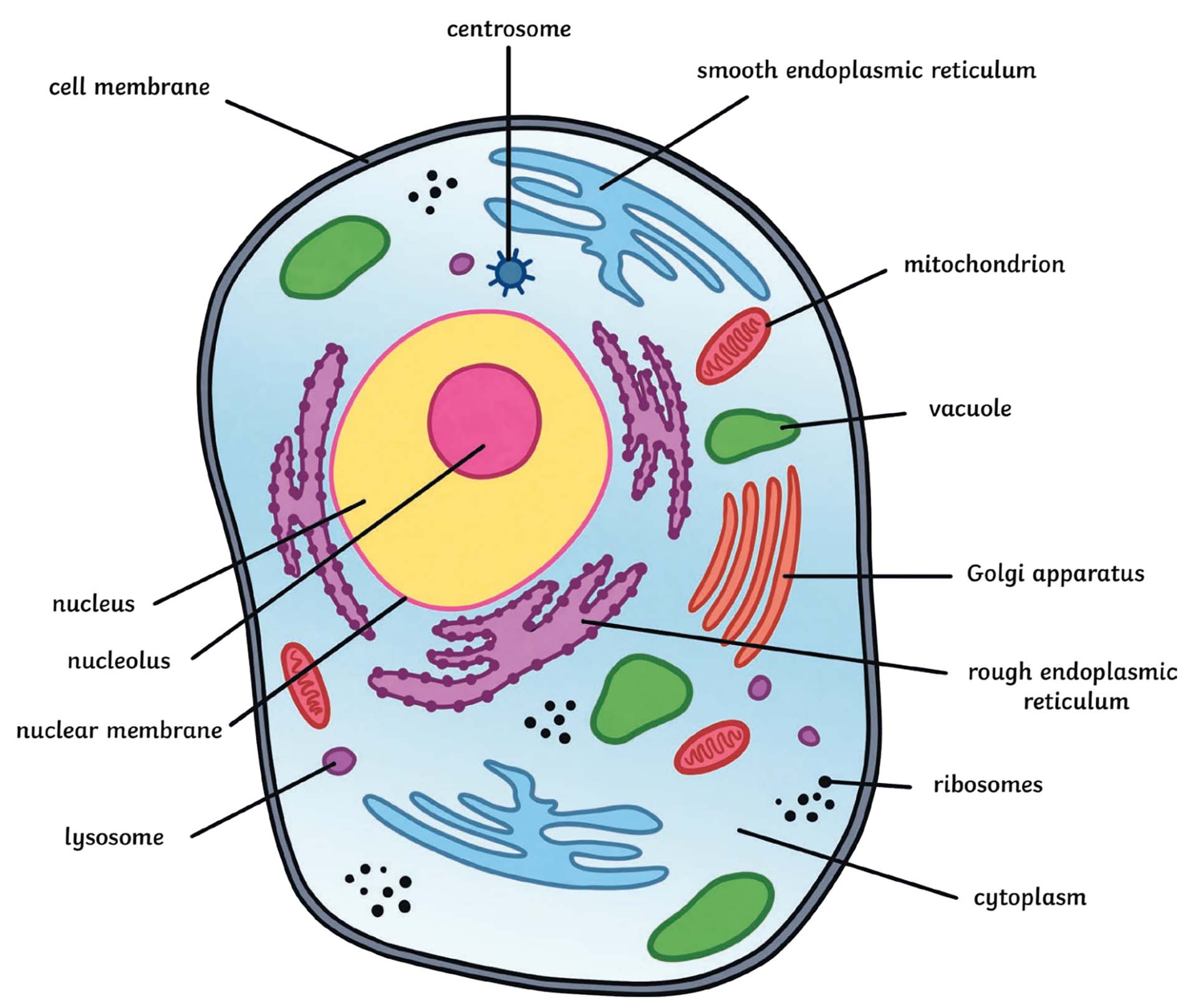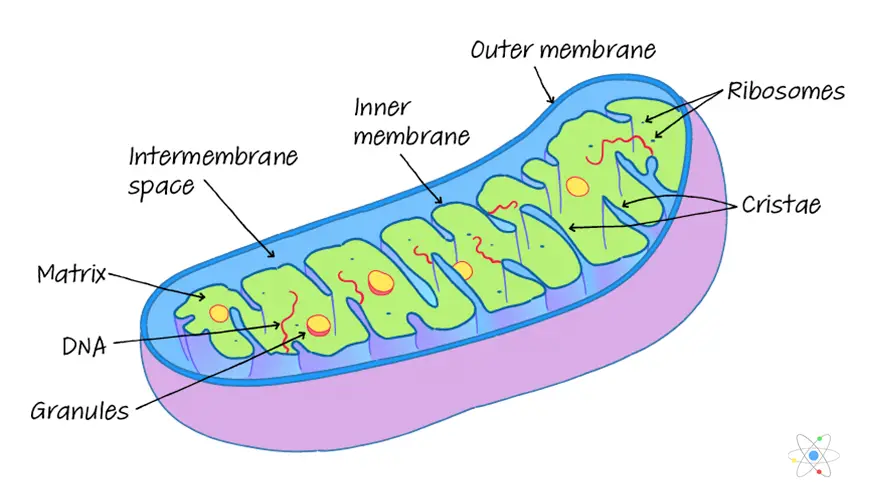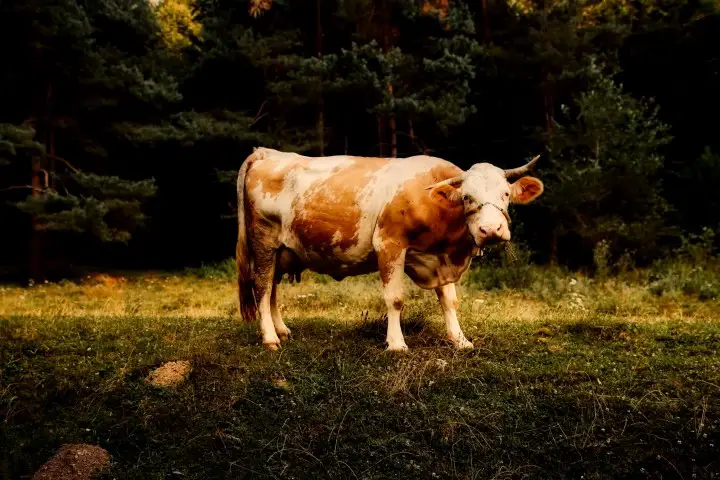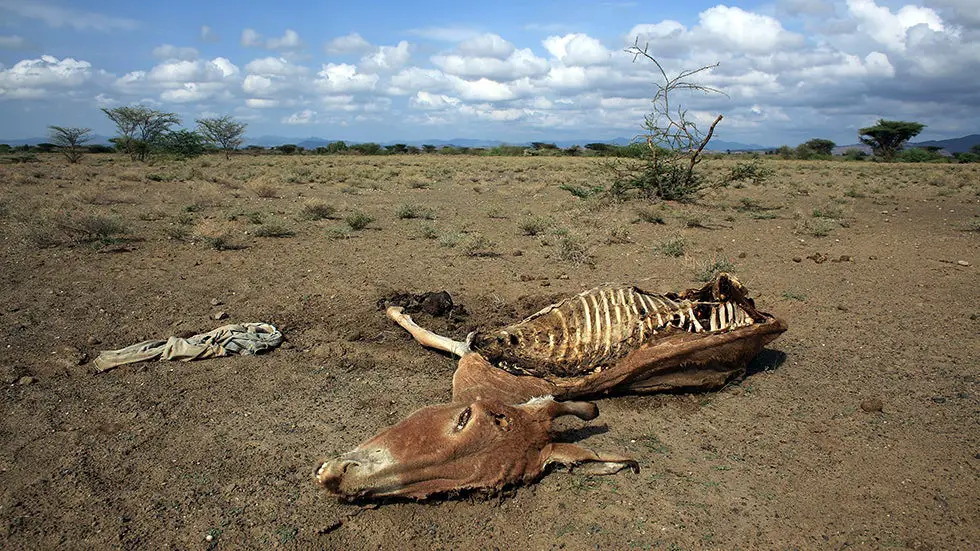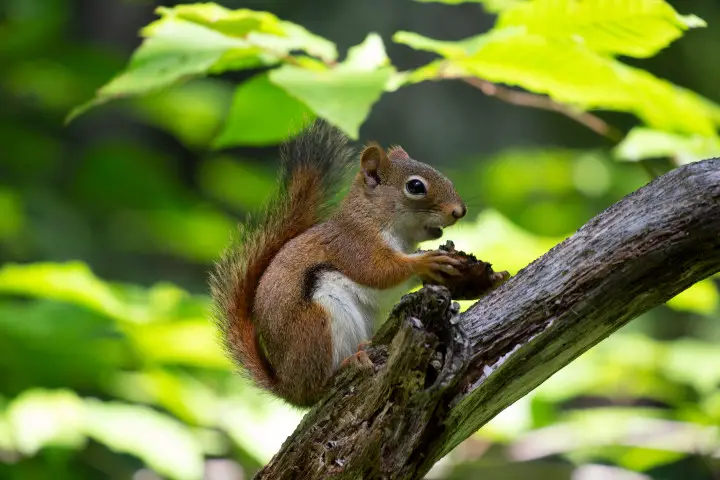The Truth about the Most Useless Animal – A Comprehensive Exploration
Sloths are slow-moving mammals that spend the majority of their lives hanging upside down from trees in Central and South America. They have a low metabolism, which means they don’t require much food or energy to survive. They also have very little muscle mass, making them weak and clumsy on the ground. What makes an …


